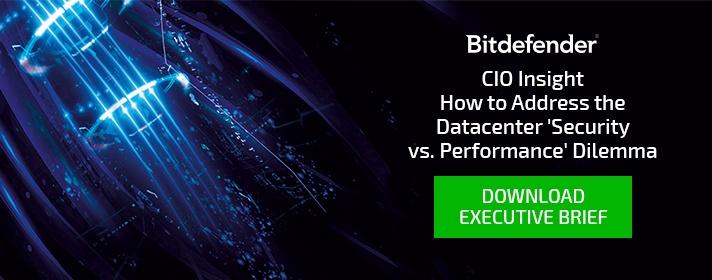Organizations are continually striving to make their data centers more energy efficient, while at the same time ensuring high performance and strong security. This can be a challenge for CIOs and data center administrators—to say the least. But it’s an important goal in a business environment that calls for efficient IT operations, rapid response to end-user and customer demand for processing and the protection of critical information resources against intrusions.
The quest for more energy-efficient computing infrastructures remains a high priority for many technology and business leaders. As an example of how important energy efficiency in the data center is today, consider the recent developments in the U.S. federal government regarding data center policy.
A new federal government policy, called the Data Center Optimization Initiative (DCOI), requires agencies to develop and report on data center strategies to consolidate inefficient infrastructure, optimize existing facilities, achieve cost savings, and transition to more efficient infrastructure, such as cloud services and inter-agency shared services.
The policy would block federal agencies from budgeting any money toward new or expanding data centers without first getting approval from the federal CIO. It supersedes a 2010 effort by the Office of Management and Budget (OMB), the Federal Data Center Consolidation Initiative.
That effort was launched to promote the use of “green IT” by reducing the overall energy and real estate footprint of government data centers, reduce the cost of data center hardware, software and operations, increase the overall IT security posture of the federal government, and shift IT investments to more efficient computing platforms and technologies.
The new policy would put federal data center guidance in line with the Federal IT Acquisition Reform Act, which requires agencies to create annual data center consolidation plans and pushes for a "cloud first" and shared services IT approach.
Unlike the previous consolidation initiative, the federal new policy sets out metrics for energy metering and power efficiency, according to Nextgov, an online information resource for federal technology decision makers. Under the latest policy, agencies will have to monitor and report the energy efficiency of their data centers through a Power Usage Effectiveness (PUE) metric, and will be required to achieve and maintain a PUE of less than 1.5 for their existing data centers by Sept. 30, 2018.
It’s by no means just the government that’s attempting to cut power usage in data centers. Private sector entities for years have been trying to reduce data center energy consumption while at the same time reducing costs. They’ve attempted to do this by enhancing existing data centers and building energy-efficient new ones. Operating greener IT operations continues to be a goal for many enterprises.
Data has shown that data centers are enormous consumers of energy.According to the U.S. Department of Energy, in 2013 U.S. data centers consumed about 100 billion kilowatt-hours of electricity, representing more than 2% of all U.S. electricity use. If all U.S. data centers were 20% more efficient, the agency says, it could result in savings of more than 20 billion kilowatt hours by 2020. That translates to about $2 billion in cost savings.
One of the key technologies that has helped organizations drive down energy usage and improve data center performance is virtualization. And one way to leverage virtualization and at the same time optimize performance and reduce energy consumption could be to deploy intelligent security built for virtual environments. This can shave off redundancy and minimize the impact on resources.
Technology exists today that allows companies to do this.
For example, Bitdefender in 2015 introduced its Hypervisor-based Memory Introspection technology, which is designed to solve the “context versus isolation” dilemma of security. It provides complete insight into virtualized endpoints with zero footprint within the endpoints.
Hypervisor-based Memory Introspection uses a higher level of privilege by leveraging hypervisor privileges to detect and block attacks. It enables data center administrators to protect data within virtualized endpoints, protecting Windows and Linux endpoints from a level in the stack that is below guest operating systems, overcoming privilege paradoxes between security and malicious activities
Virtualization revolutionized computing by adding a layer of abstraction below operating systems. The Bitdefender technology brings security to that layer, something that had been extremely difficult to achieve.
This type of technology can help organizations provide more robust security for their critical information assets. And, at the same time, they can continue leveraging the virtualization solutions that help deliver a high level of server performance and bring about the energy conversation that so many are looking to achieve.







